1. The Amber Room

Often called the “Eighth Wonder of the World,” this chamber was a masterpiece of opulence, its panels crafted from six tons of amber, backed with gold leaf, and fitted with mirrors. Originally constructed for a Prussian king in the early 18th century, it was later gifted to Russia’s Peter the Great and installed in the Catherine Palace near St. Petersburg. During World War II, the Nazis disassembled and looted the room, transporting it to Königsberg Castle, Germany (now Kaliningrad, Russia). The trail of the crated panels vanished in the chaos of the final months of the war, potentially destroyed in Allied bombing raids or hidden in an as-yet-undiscovered location. A full reconstruction was completed in 2003, but the original’s fate remains one of the greatest art mysteries of the 20th century.
2. Treasure of the Flor de la Mar
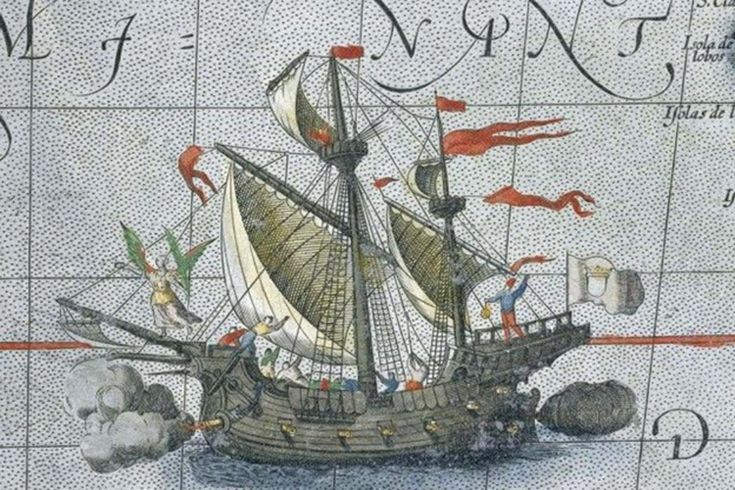
The Flor de la Mar (Flower of the Sea) was a Portuguese nao that, in 1511, sank off the coast of Sumatra following a violent storm. It had just participated in the conquest of Malacca and was supposedly laden with the largest treasure in Portuguese naval history, including an enormous haul of Malaccan gold, diamonds, and precious stones. The ship was notorious for being top-heavy and structurally unsound, which likely contributed to its swift sinking. Despite its documented loss and clear historical record of the riches it carried, the exact location of the wreck has never been definitively found, making it one of the most sought-after sunken treasures in Asia.
3. Lost Inca Gold
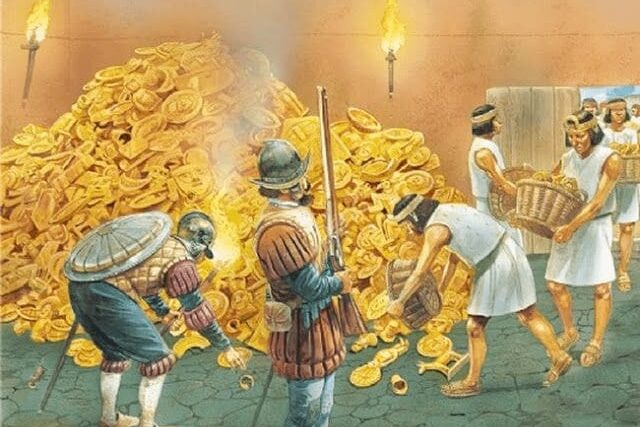
The vast wealth of the Inca Empire has fueled legends since the arrival of the Spanish conquistadors. The most famous story involves the ransom of Inca Emperor Atahualpa in 1532, which included a room filled with gold and two with silver. Though this ransom was partially delivered, the Spanish executed Atahualpa anyway. In response, it is said that the remaining, enormous portion of the ransom, perhaps as much as a fortune equal to multiple millions of dollars in modern value, was hidden by Inca general Rumiñahui in the Llanganates mountain range in Ecuador to prevent it from falling into Spanish hands. Countless expeditions have braved the remote, jungle-covered mountains for centuries, guided by an elusive map and local legends, but the legendary hoard remains unlocated.
4. The Ark of the Covenant

This Biblical artifact is arguably the most famous lost religious treasure in the world, said to contain the stone tablets bearing the Ten Commandments given to Moses. The Ark was kept in the Holy of Holies in the First Temple in Jerusalem until the city was conquered by the Babylonians in 586 BC. After this event, the Ark disappeared from historical record. Its fate is the subject of countless theories, including that it was destroyed, secretly buried beneath the Temple Mount, or transported to a distant land. The Ethiopian Orthodox Tewahedo Church claims to house the Ark in the Chapel of the Tablet in Axum, guarded by a single monk, though no one else has been permitted to view it to verify the claim.
5. The Treasure of Lima
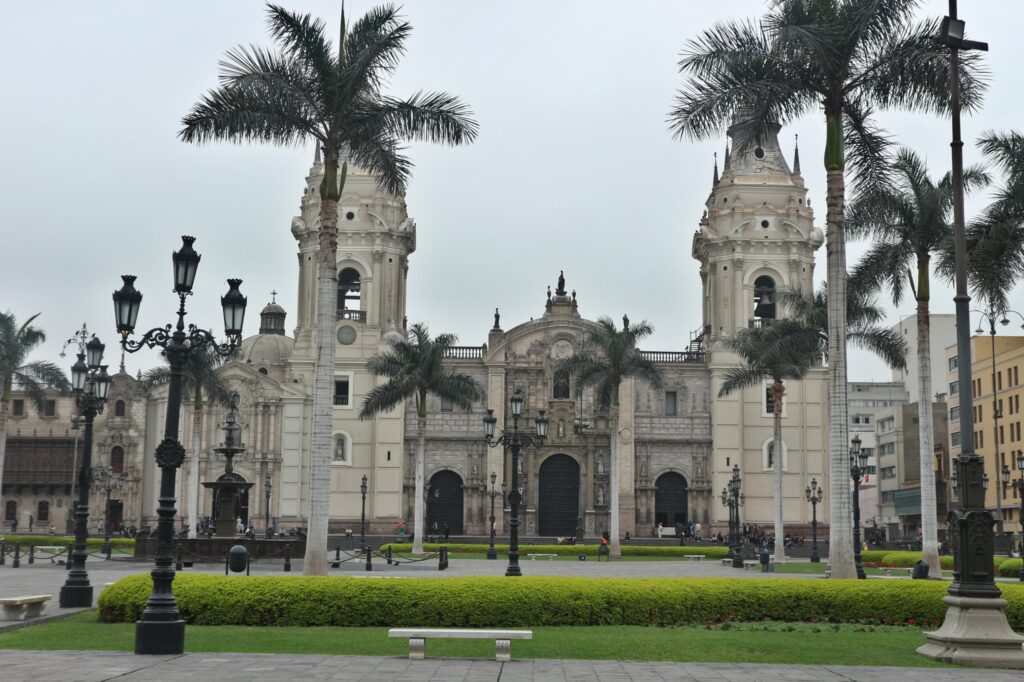
The immense riches known as the Treasure of Lima were accrued over decades of Spanish rule in Peru and were stored in Lima Cathedral. In 1820, as revolutionary forces threatened the city, the Spanish Viceroy tasked British sea captain William Thompson with transporting the wealth, said to include gold, silver, jewels, and a solid gold, life-sized statue of the Virgin Mary, to safety in Mexico. Instead, Thompson and his crew allegedly murdered the accompanying guards and priests and sailed to Cocos Island, off the coast of Costa Rica, where they buried the fortune. Thompson was later captured, but before he could lead authorities to the spot, he escaped, taking the location of the treasure with him. Cocos Island remains a protected natural park, its dense jungle and rough terrain continuing to hide the estimated $200 million haul.
6. Yamashita’s Gold
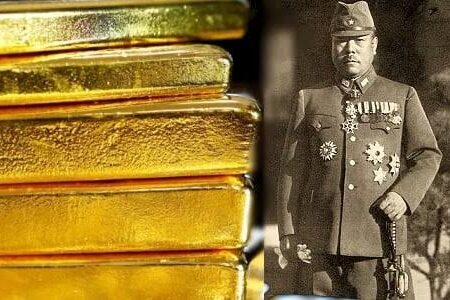
During World War II, Imperial Japanese forces are rumored to have looted immense quantities of gold, jewels, and other valuable artifacts from conquered countries across Southeast Asia, an operation often referred to as the Golden Lily. This stolen treasure, allegedly overseen by General Tomoyuki Yamashita, was supposedly hidden in a complex network of tunnels, caves, and underground complexes across the Philippines before the war’s end. While the existence of some smaller caches is generally accepted, the scale and value of the massive “Yamashita’s Gold” hoard remain highly debated. The search for the legendary main vaults continues today, though it is often complicated by unexploded ordnance and booby traps reportedly left behind by the Japanese.
7. The Lost Dutchman’s Mine

The legend of the Lost Dutchman’s Mine is one of the most famous and persistent tales of lost treasure in American history, situated in the Superstition Mountains near Phoenix, Arizona. The mine is named after Jacob Waltz, a German immigrant (mistakenly called a Dutchman) who supposedly discovered a fantastically rich gold mine in the 1800s but took its location with him to the grave in 1891. The area is known for its rugged, dangerous terrain and extreme heat, and the mystery surrounding the mine has led to numerous failed expeditions, injuries, and even deaths over the past century, fueling a local saying that the mine is cursed.
8. King John’s Lost Treasure

In 1216, during a civil war, King John of England (known as John Lackland) lost a significant portion of the English Crown Jewels and Royal Regalia. While traveling across the salt marshes of The Wash near East Anglia, his baggage train was caught by the incoming tide. Though the King himself escaped, the wagons, horses, and their priceless contents were swept away or swallowed by the quicksands. Historical records confirm the event, which included numerous items of gold and silver plate, coinage, and valuable documents. Despite centuries of searches using both traditional and modern methods, the exact site where the tidal currents swallowed the royal treasure remains unfound beneath the shifting marshlands.
9. The Beale Ciphers Treasure
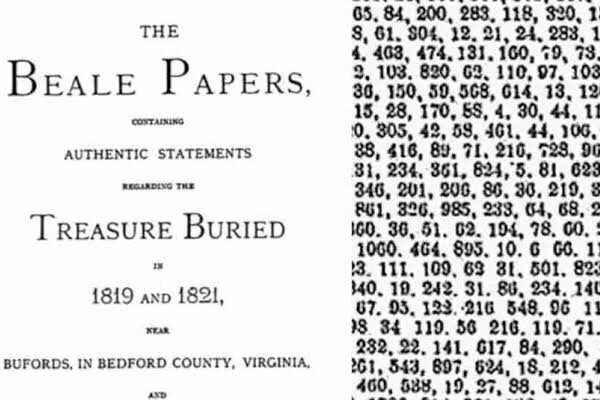
This mystery revolves around three sets of encrypted messages, or ciphers, that supposedly reveal the location of an immense hoard of gold, silver, and jewels buried in Bedford County, Virginia, in the early 1800s. Thomas J. Beale is the man credited with burying the treasure and leaving the ciphers, entrusting them to a local innkeeper. Only the second cipher has been successfully decoded, which describes the contents of the vault. However, the first cipher, which is said to reveal the location, and the third, which names the next of kin, remain unsolved, leading to a long-running cryptographic puzzle that continues to attract serious code-breakers and treasure hunters alike.
10. Faberge Imperial Eggs
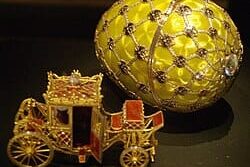
The opulent House of Fabergé created 50 unique Imperial Easter Eggs for the Russian Tsars Alexander III and Nicholas II between 1885 and 1917. These intricately designed, jewel-encrusted masterpieces were a symbol of the immense wealth of the Romanov dynasty. After the Russian Revolution, the majority of the eggs were confiscated by the Bolsheviks and sold off. Of the original 50 Imperial eggs, only 42 have been accounted for, meaning eight are still missing. The lost eggs, such as the 1888 Cherub with Chariot Egg and the 1903 Royal Danish Egg, represent not just a huge monetary value, but a priceless piece of lost art history, spurring global searches among collectors and museums.
11. The Seven Cities of Gold (Cíbola)
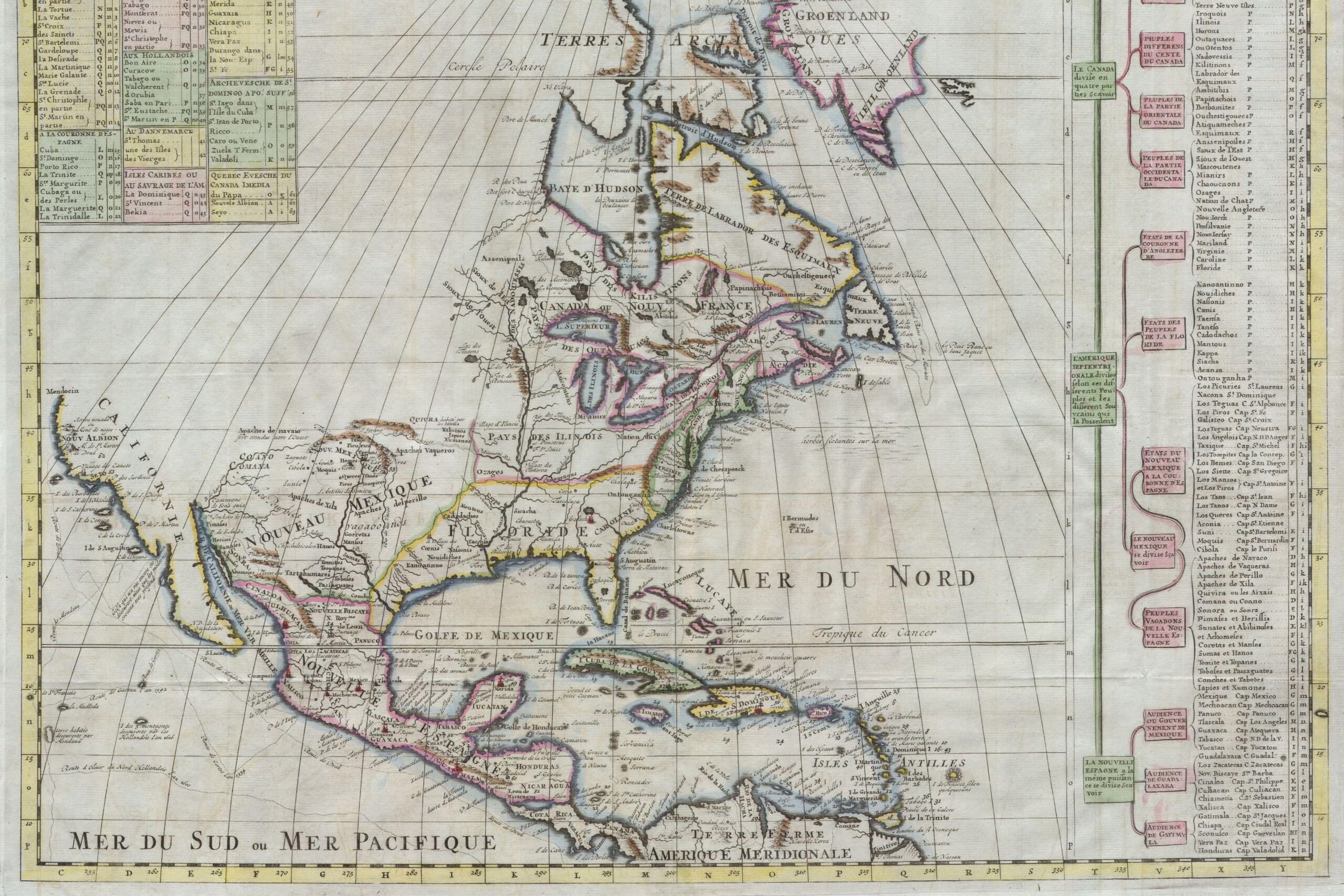
The legend of the “Seven Cities of Gold,” or Cíbola, drove much of the Spanish exploration of North America in the 16th century. The tale originated from a story told by an escaped slave, Álvar Núñez Cabeza de Vaca, about magnificent cities in the northern lands of present-day New Mexico, where gold was said to be as common as iron. The Spanish conquistador Francisco Vázquez de Coronado led a massive and arduous expedition based on these rumors, searching for cities whose streets were supposedly paved with gold. Though Coronado never found the fabulous golden metropolises, the enduring myth continues to captivate some modern explorers, who believe the legend might be based on a rich, undiscovered indigenous gold mine or a lost cache of artifacts.
12. Captain Kidd’s Treasure
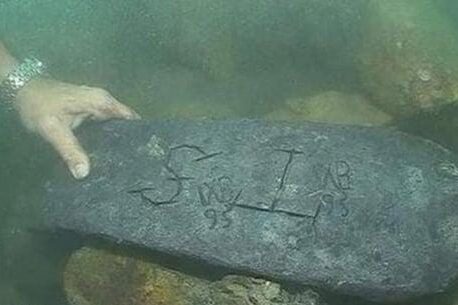
William Kidd was a Scottish privateer commissioned by the British Crown to hunt pirates in the late 17th century, but he quickly turned to piracy himself. After realizing he would be arrested upon returning to New York, Kidd allegedly buried a substantial part of his loot before surrendering. The most famous location linked to his treasure is Oak Island, Nova Scotia, although he is also said to have buried riches along the eastern coast of North America and the Caribbean. While the bulk of the treasure he carried was confiscated upon his arrest and subsequent execution, the unrecovered caches mentioned in legends continue to inspire searches.
13. Treasure of the Knights Templar
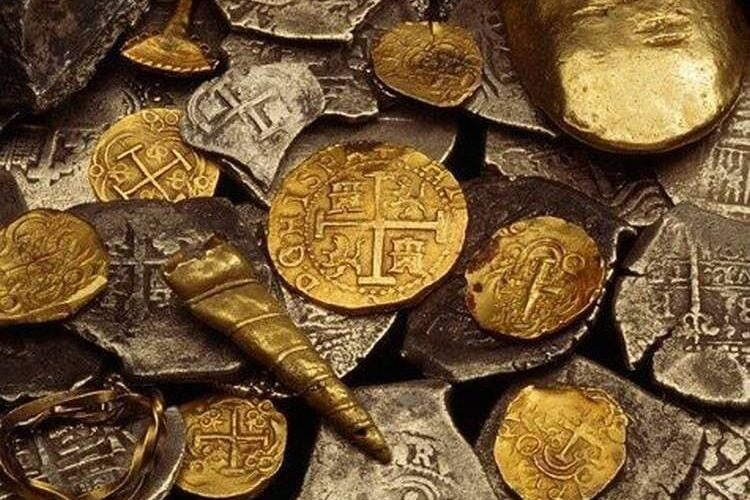
Following the suppression of the Knights Templar in 1307 by King Philip IV of France, the legendary military order’s vast wealth seemingly vanished. The King’s soldiers seized the Templar property, but the immense financial reserves, relics, and historical documents that were housed in the Paris Temple treasury were not found. Legend suggests that the Templars, warned of the impending crackdown, managed to move their treasury in secret, possibly to the sea or to hidden vaults in a remote location. This lost wealth is thought to include gold, silver, and perhaps the Holy Grail itself, making it a focus of intense, imaginative speculation for over 700 years.
14. The Secret of the Copper Scroll
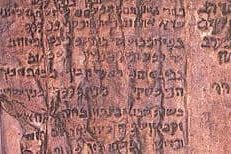
One of the most peculiar and exciting finds among the Dead Sea Scrolls, the Copper Scroll was discovered in 1952 in a cave in Qumran. Unlike the other scrolls, which are literary or religious texts, this one is an inventory written on thin sheets of copper, detailing 64 locations across Judea where incredible amounts of gold, silver, and sacred vessels are supposedly buried or hidden. The total estimated value of the treasure could be in the billions. The scroll’s references are highly cryptic, describing landmarks that have vanished or changed over two millennia, creating an ongoing archaeological challenge to match the ancient clues to modern geography.
15. Sunken Treasure of the 1715 Spanish Fleet
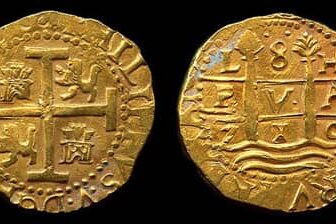
On July 31, 1715, a fleet of eleven Spanish ships, heavily laden with gold, silver, and jewels from the New World, was struck by a powerful hurricane off the coast of Florida. All but one ship sank, scattering an enormous treasure over a wide area of the ocean floor, primarily between the present-day cities of Fort Pierce and Melbourne. Though many millions of dollars worth of treasure have been recovered by salvagers since the 1960s, a significant portion of the total estimated haul is still missing. New finds are still occasionally made, proving that the sun-kissed waters of the “Treasure Coast” still hold secrets from the Spanish colonial era.
16. The Florentine Diamond
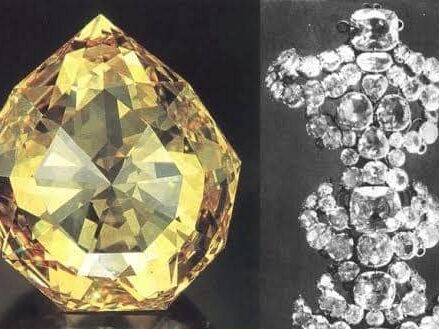
Once among the largest and most famous diamonds in the world, the Florentine Diamond was a light yellow-green gemstone weighing 137.27 carats and cut with 126 facets. It passed through the hands of several European royal families, including the Medici and the Habsburgs, and was a centerpiece of the Austrian Crown Jewels for centuries. Following the collapse of the Austro-Hungarian Empire after World War I, the diamond was taken into Swiss exile by the imperial family. Its trail vanished after 1918, and though rumors suggest it was stolen, broken up, or re-cut, its definitive whereabouts remain a mystery. Its historical value alone, given its royal lineage, makes it one of the most significant lost gems in history.
17. The Imperial Seal of China (The Heirloom Seal of the Realm)
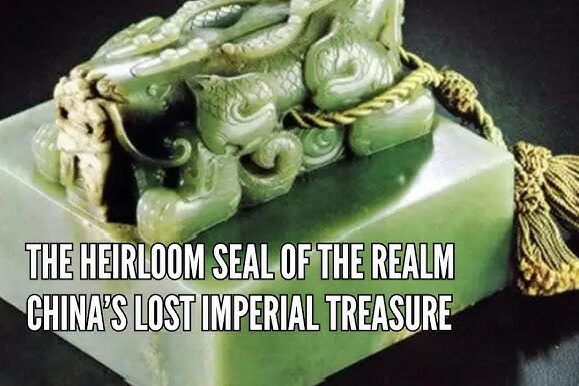
Carved from the sacred jade known as the “Hès shì Jade,” this legendary seal was created in 221 BC for the first Emperor of China, Qin Shi Huang, and became a symbol of the Emperor’s divine mandate. For centuries, its possession marked the legitimate ruler of China. However, after changing hands numerous times, it was lost sometime during the Five Dynasties and Ten Kingdoms period (907–960 AD), with the last known record placing it in the hands of the Later Liang dynasty. Its disappearance created a legitimacy crisis for subsequent dynasties and its rediscovery would be an event of monumental historical and political significance, representing an unbroken link to China’s imperial past.
18. Tsar’s Gold in Lake Baikal
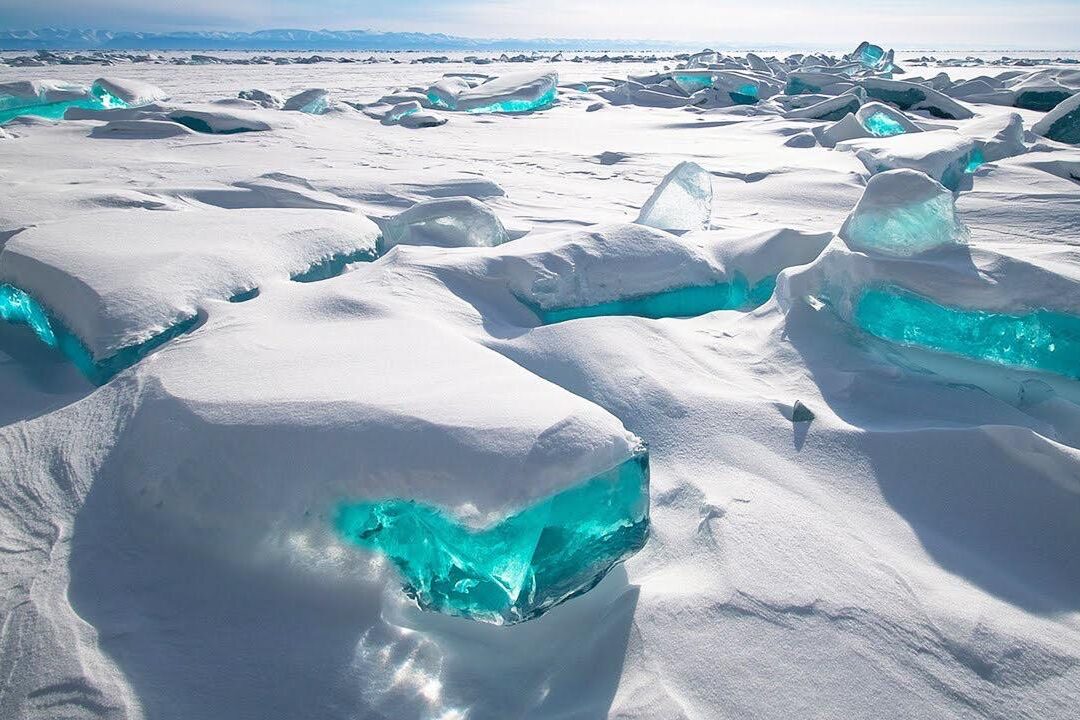
The vast gold reserve of the Russian Empire, estimated at one time to be worth hundreds of millions of dollars, was being transported by the White Army during the Russian Civil War in 1920. As the army retreated across the frozen Lake Baikal in Siberia to escape the advancing Bolshevik forces, a significant portion of the gold, along with an estimated 250,000 men, was allegedly lost. The severe cold and a sudden thaw may have caused the ice to break, plunging the train cars or sleighs laden with bullion into the deepest lake in the world. The frigid, immense depth and poor visibility of Lake Baikal have made searches nearly impossible, but the legend of the gold resting on the lake bed persists.
These captivating stories remind us that history is not fully written, and the greatest treasures are often cloaked in the fog of time. Whether they lie beneath the sea, sealed in a vault, or lost in the world’s most remote mountains, the human quest for these legendary riches continues to inspire adventure, speculation, and the enduring hope of making a world-changing discovery.
Like this story? Add your thoughts in the comments, thank you.
This story 18 Legendary Lost Treasures That People Are Still Hunting For was first published on Daily FETCH


